The Whole Spiel
Ordinary Barbie
by Sarah Leavitt, Curator
August 9, 2023
“What about Ordinary Barbie? She’s not extraordinary. She’s not president of anything.”
(–Gloria, to Mattel executives, Barbie: The Movie)
Welcome to the summer of dolls. Yes, we have dolls in our collection here at the Museum, more on those later. But of course, I’m really talking about Barbie: The Movie, breezing past the 1 billion-mark at the box office. This August, all eyes are on the pink dream house of Barbie World. And what a plastic, carefree world it is: “I’m a doll but I still want to party,” sings Nicki Minaj on the soundtrack. But this summer, Barbie has more on her mind than high-heeled shoes: the movie has underlying messages of self-actualization with a sprinkle of “you are enough” ethos. As Ken realizes by the end of the movie, he doesn’t need to rule the world to be “Kenough.”
As I’m sure you’ve heard by now, Barbie is Jewish. Or at least she has a Jewish backstory. Ruth Handler, a Jewish businesswoman and co-founder of Mattel, remade a German adult-woman doll and named her after her daughter Barbara (Ken was named after the real-life Barbara’s brother). Handler appears in the movie as a ghost, though her Jewish background (unsurprisingly) never comes up.
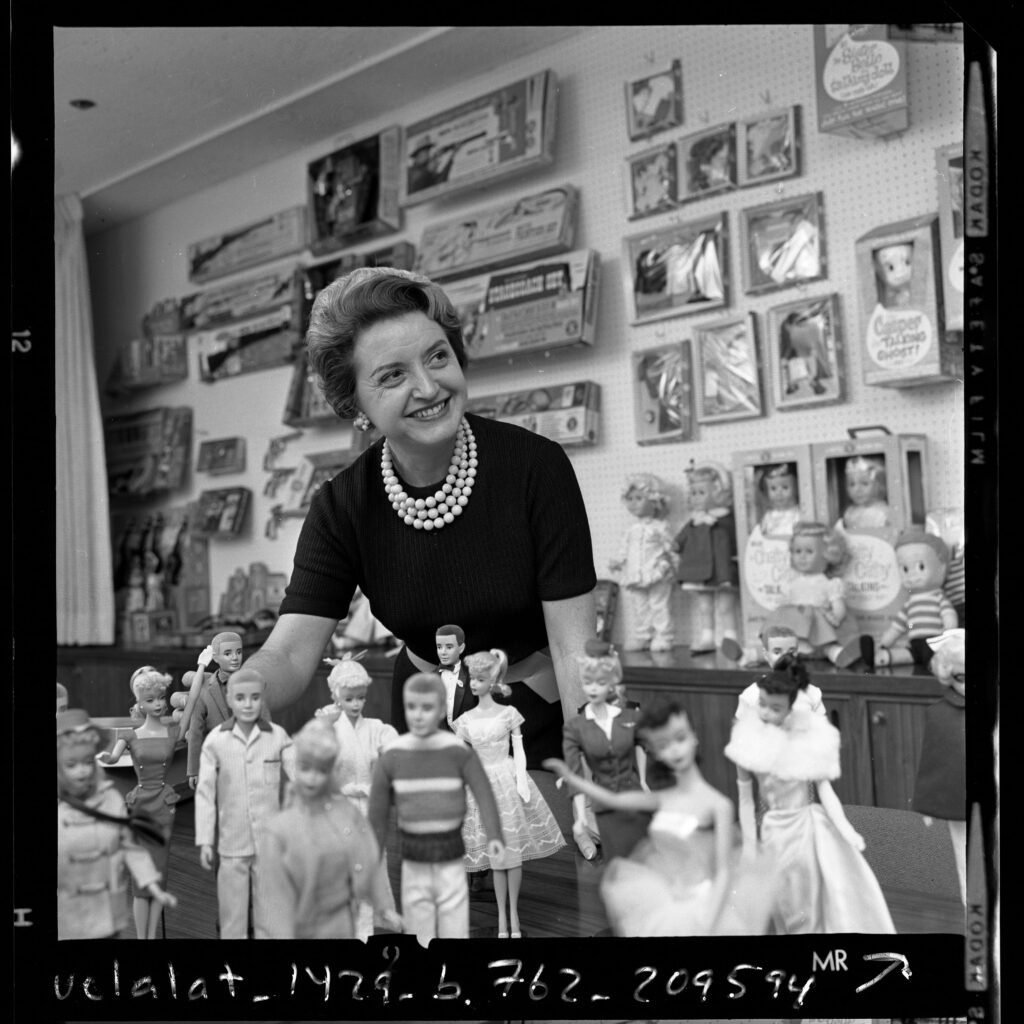
Does Handler’s Judaism mitigate, or even relate to, the terrible ways her dolls teach little girls how to move through the world with a vapid, sexy-forward posture? Of course not. But then again, the themes of Jewish assimilation into white culture in the 1950s, the commodification of a specifically thin/white/blonde beauty standard, the “girls can be president” ethos: now we’re talking. These are issues that a person interested in American culture (such as myself) can get behind.
In some ways, Barbie was ahead of her time—girls could buy clothing to outfit their dolls as an astronaut or a doctor, long before those were achievable careers for most girls. The doll has always been a tangle of stereotypes, with beauty standards as the top knot. To me, the focus on career as the “happy ending” seems as problematic as the marriage-as-endgame trope.
As America Ferrera’s character says in the movie, what about “Ordinary Barbie”? What about valorizing a woman who is interesting in ways unrelated to career, marriage, or motherhood? Maybe she likes to go to museums, travel, hike, or drink beer. (What? No, you’re projecting.).
This focus on career as the ultimate achievement—in the movie, we see President Barbie, Supreme Court Barbie, Nobel Prize Winner Barbie—reminded me of some of the dolls in our collection at the Lillian and Albert Small Capital Jewish Museum (CJM). Okay yes, everything reminds me of something in our collection.
CJM holds a collection of “Dolls for Democracy” representing a wide variety of twentieth-century heroes. The original sets date from the 1950s through the 1970s, in the same world (but not) as Barbie. B’nai B’rith Women, an organization of Jewish women, made the dolls and brought them to scout meetings, Sunday school classes, and clubs and used them to inspire children with stories of tolerance and high achievement. The dolls in CJM’s collection were used by the DC chapter.
The Doll Ladies were not interested in “Ordinary Barbie.” As a Jewish organization, B’nai B’rith was particularly focused on change-makers who had encountered prejudice. The dolls included Black people (George Washington Carver, Jackie Robinson, Marian Anderson), white women (Eleanor Roosevelt, Helen Keller) and Native Americans (Jim Thorpe). International figures were featured (Pope John XXIII, St. Francis of Assisi, Mahatma K. Ghandhi) with an emphasis on Israeli heroes (Chaim Weitzman, Golda Meir). What all of the dolls had in common was the idea of inspiration, courage, and the highest levels of career achievement.
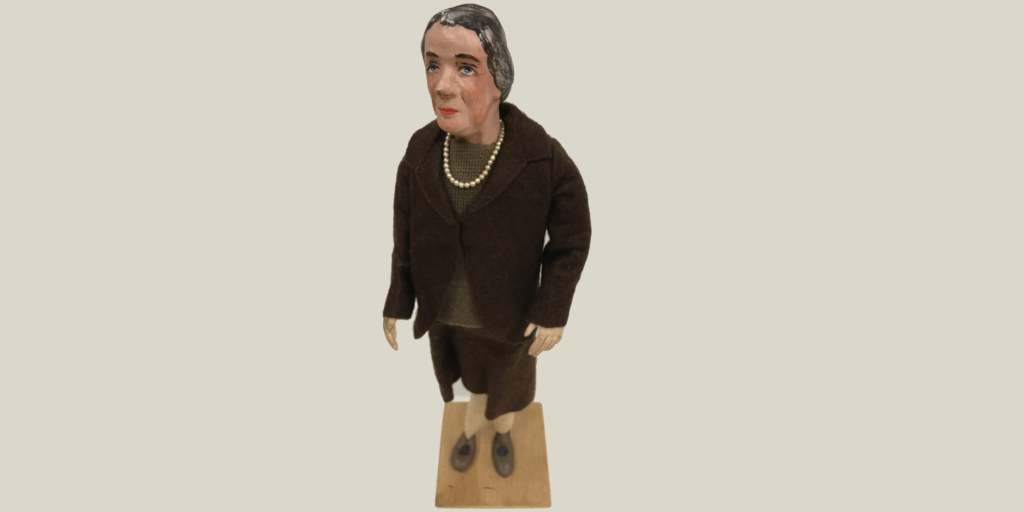
Is there room for courage and achievement, though, in our new version of Barbie World? Can we look beyond these dolls to find identity at some intersections between and beyond family and career? At the Museum we have a set of 100 “identity cubes” that visitors can use to pile up words that describe them. Some of these are career words (lawyer, professor) but others try for a deeper and wider understanding of what identity might mean (canoer, joker, Democrat, Virginian). However you choose to pile up your blocks when you come to visit the Museum, you are Kenough, and as Ken himself would say, you are great at doing stuff.
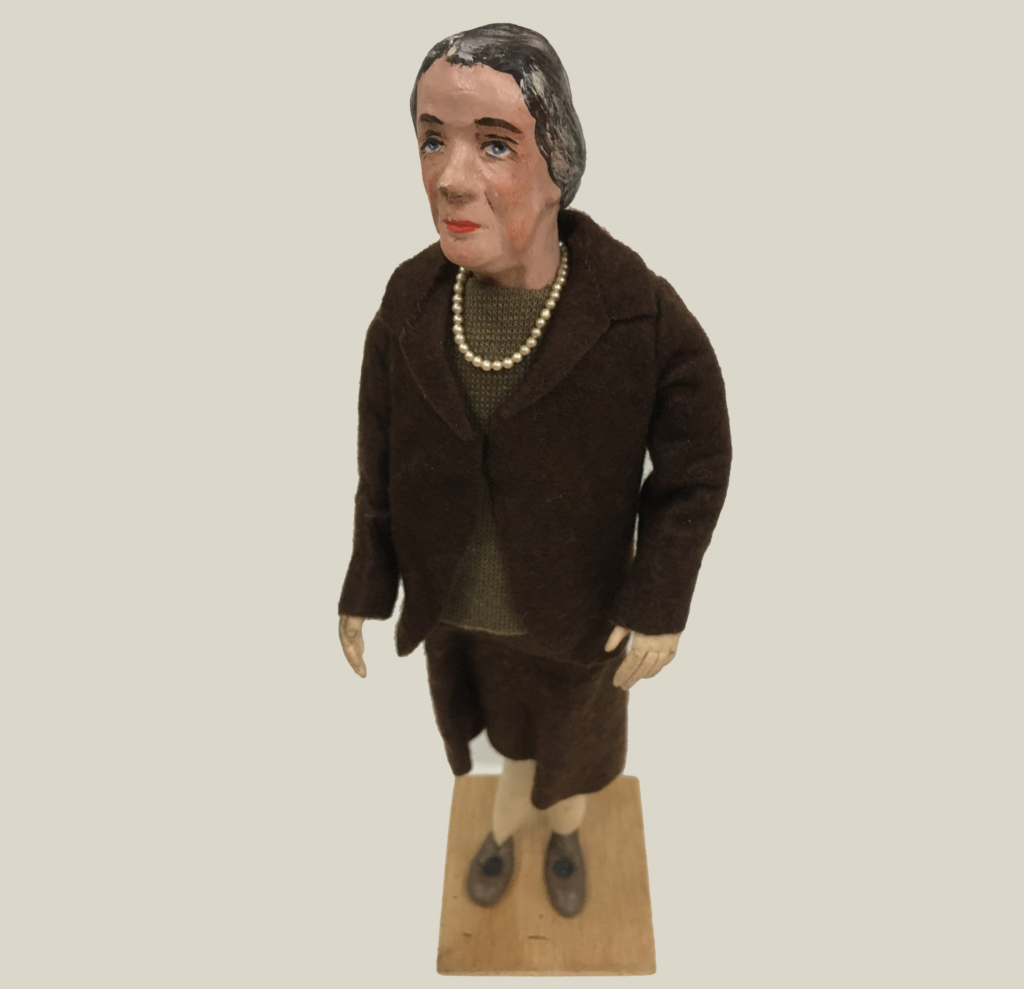
Doll portraying Golda Meir, created as one of the “Dolls for Democracy” series by B’nai B’rith Women. / Capital Jewish Museum Collection. Gift of Jewish Women International.
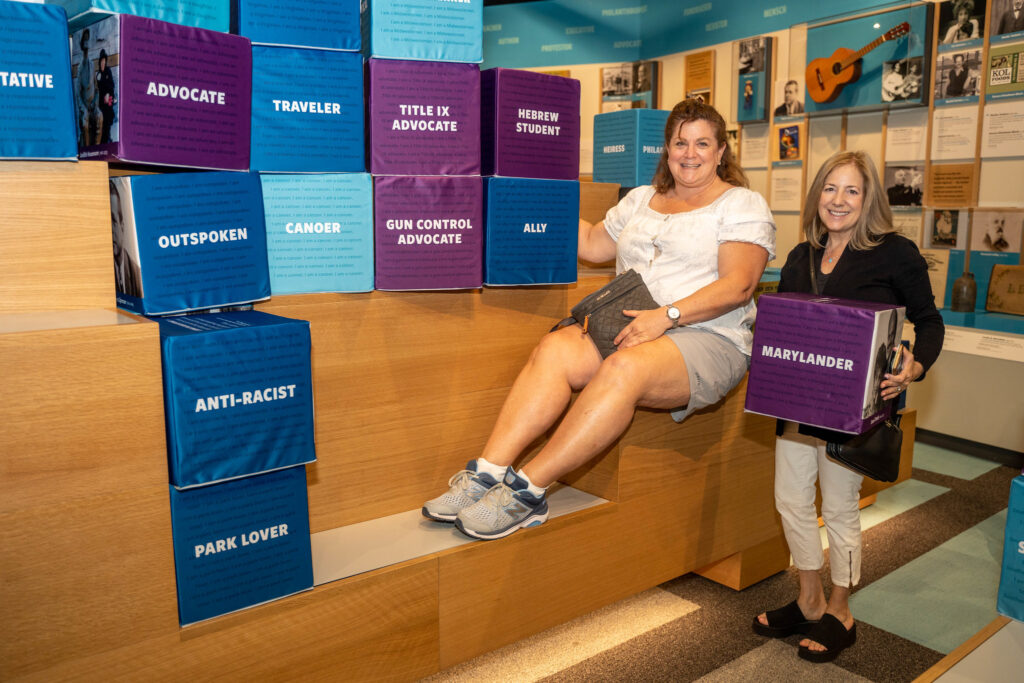
Visitors in Connect. Reflect. Act. exhibition galleries. Spring 2023. Photo: Imagine Photography

Visitors in Connect. Reflect. Act. exhibition galleries. Spring 2023. Photo: Imagine Photography

Visitors in Connect. Reflect. Act. exhibition galleries. Spring 2023. Photo: Imagine Photography
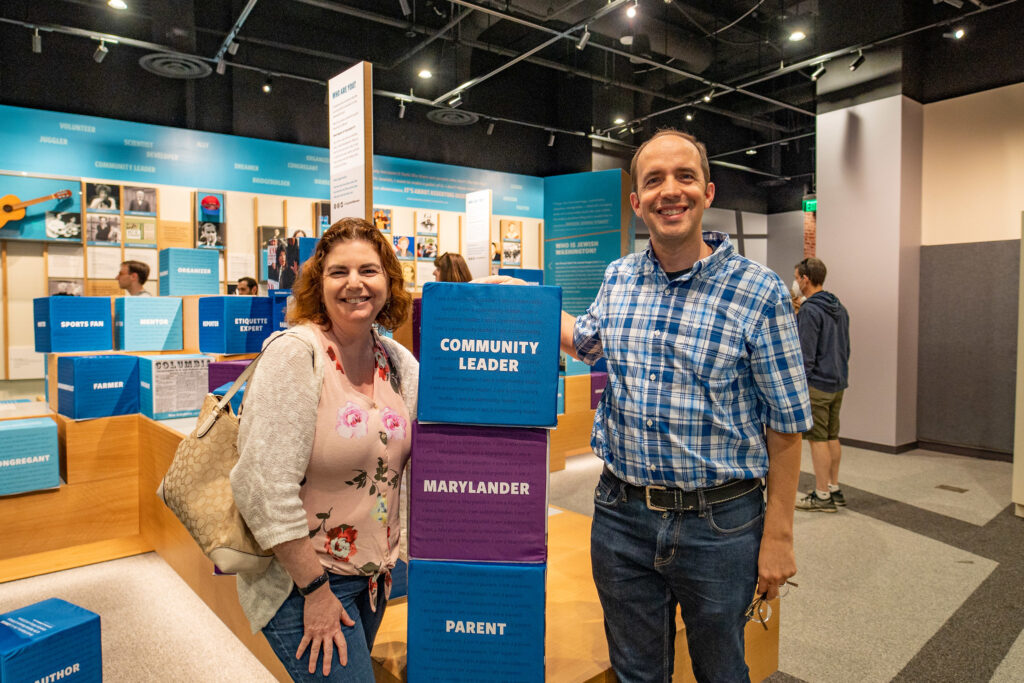
Visitors in Connect. Reflect. Act. exhibition galleries. Spring 2023. Photo: Imagine Photography